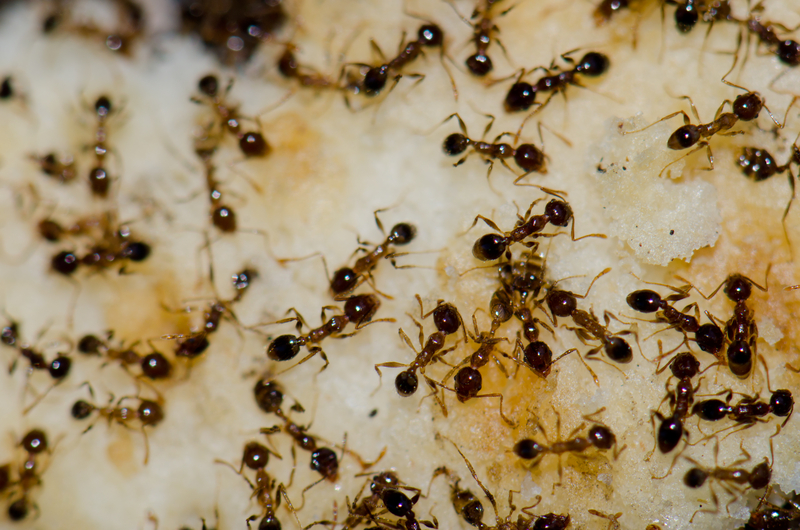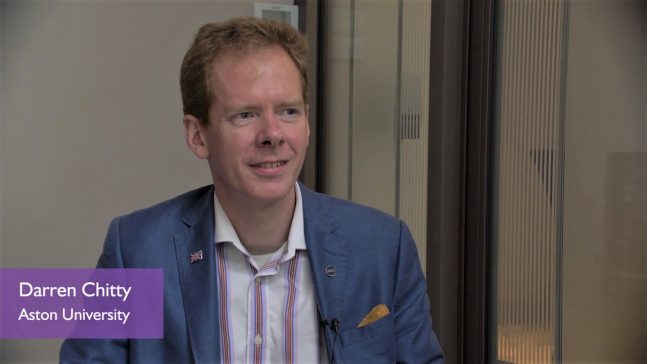
Photo: Ants. Image: Víctor Suárez Naranjo | Dreamstime.com
Ants could provide the key to cutting fleet emissions in cities
04 August 2020
by Sarah Wray
Researchers at Aston University have developed an algorithm which imitates how ants share information and could cut emissions from fleets of commercial vehicles in cities by as much as half.
The academics based their computer modelling algorithm on the way ants forage for food. The software automatically calculates optimal routes to direct fleets of vehicles from the same company around a city or town. This could help cities and towns meet their air quality targets and offer an alternative measure to initiatives such as Clean Air Zones in the UK, the researchers say.
The research comes amid growing public health concerns about the effects of air pollution. According to the World Health Organization (WHO), outdoor air pollution accounts for an estimated 4.2 million deaths per year due to stroke, heart disease, lung cancer and chronic respiratory diseases.
A January World Economic Forum report forecast that the number of delivery vehicles in the world’s 100 largest cities (by population) will increase 36 percent by 2030, resulting in a 32 percent rise in emissions from delivery traffic and a 21 percent increase in congestion. Since then, online shopping and food deliveries have surged during the COVID-19 pandemic and could change logistics trends in the longer term.
Biomimicry
The research team used a technique known as ‘meta-heuristic technology’, which mimics how colonies of ants solve problems. For example, each ant keeps a record of the best solution it has individually found and passes this knowledge on to other ants. This ‘best practice’ then permeates throughout the colony, updating its store of know-how.
The researchers further developed the technique by reducing the number of algorithmic decisions required.

Dr Darren Chitty, lead researcher, Aston University said: “Algorithms based on the foraging behaviour of ants have long been used to solve vehicle routing problems, but now we have found how to scale these up to city-size fleets operating over several weeks in much less time than before.
“It means much larger fleet optimisation problems can be tackled within reasonable timescales using software a user can put on their laptop.”
Testing the technology
The route optimisation technology was tested on several companies that operate fleets of vehicles in Birmingham, where Aston University is situated. A property maintenance company saw savings of over 50 percent in time spent on the road in tests with 45 vehicles and 437 customer jobs over six weeks. This also enabled equivalent savings in fuel costs and cut vehicle emissions in half.
The researchers created a matrix to indicate how long it takes to get from each location to every other location. Additional input included how long a job would take, a time window it must be done in and a start and end time for the working day.
In other fleet tests, the scientists were able to reduce CO2 emissions by 4.25kg per van per day and cut other emissions such as nitrous oxide by 98g per van per day. Better routing saved time for the fleet and also took some vehicles off the road altogether, the researchers said.
Next steps
Chitty told Cities Today: “The simple takeaway for city transport chiefs is that there are other approaches to banning traffic from city centres using a form of taxation. Simple optimisation in a commercial fleet can substantially cut their road use, reducing emissions and traffic queues and at the same time be an incentive as it will save them money. If a city could provide this kind of technology to their operators of fleets, it could be a useful asset to offset the implications of a Clean Air Zone.
“If all companies in a city operated with this technology, then emissions from these vehicles – which are some of the most polluting – could be significantly reduced, improving air quality for all concerned,” he said.
The researchers are now looking at testing the system with different types of vehicle fleets such as bigger vans or HGVs, as well as larger fleets of vehicles.
The project, which is part of the Think Beyond Data initiative and part-financed by the European Regional Development Fund (ERDF), is funded for another two years.
Image: Víctor Suárez Naranjo | Dreamstime.com








